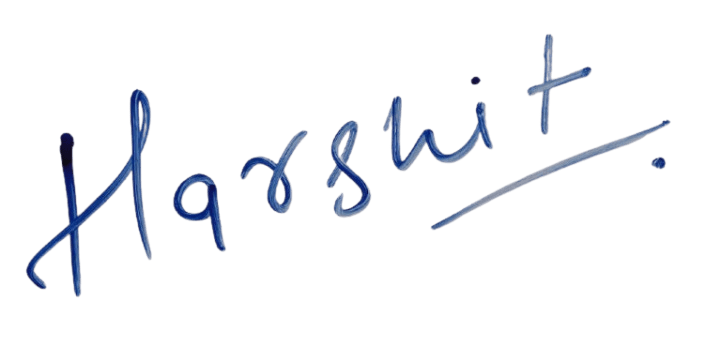1. Introduction
1.1. Context and Background
1.2. Adoption of the Constitution
1.3. Structure of Government
1.4. Major Features of the Constitution
1.5. Challenges in Implementation
2. Russian Society and Economy
2.1. Post-Soviet Transition
2.2. Economic Structure
2.3. Political System
2.4. Society and Cultural Identity.
2.5. Challenges and Future Outlook
3. Party System
3.1. Controlled Multipartyism
3.2. Dominance of United Russia
3.3. Control over Opposition
3.4. Weak Opposition
3.5. Barriers to Party Registration and Elections
3.6. Presidential Influence
3.7. Media Control
3.8. Regional Influence
4. Major Political Parties of Russia
4.1. United Russia
4.2. Communist Party of the Russian Federation (KPRF)
4.3. Liberal Democratic Party of Russia (LDPR)
4.4. A Just Russia
4.5. Electoral System
5. Structure of the Election System of Russia
5.1. Presidential Elections
5.2. Parliamentary Elections
5.3. Regional and Local Elections
5.4. Key Features of Russia’s Electoral Processes
5.5. Challenges of the Election System
6. Federal System
6.1. Structure of the Russian Federation
6.2. Principles of the Federal System
6.3. Reality of Centralized Power
6.4. Inequality Among Federal Subjects
6.5. Cultural and Social Diversity Challenges
7. Judicial and Legal Framework
8. Conclusion

When I began my college journey, I often felt lost. Notes were scattered, the internet was overflowing with content, yet nothing truly matched the needs of university exams. I remember the frustration of not knowing what to study, or even where to begin.
That struggle inspired me to create Examopedia—because students deserve clarity, structure, and reliable notes tailored to their exams.
Our vision is simple: to make learning accessible, reliable, and stress-free, so no student has to face the same confusion I once did. Here, we turn complex theories into easy, exam-ready notes, examples, scholars, and flashcards—all in one place.
Built by students, for students, Examopedia grows with your feedback. Because this isn’t just a platform—it’s a promise that you’ll never feel alone in your exam journey.
— Founder, Examopedia
Always Yours ♥!
Harshit Sharma

Give Your Feedback!!
Topic – Executive, Legislature, Judiciary, Political Parties & Party System – Russian Federation (Notes)
Subject – Political Science
(Comparative Politics)
Table of Contents
Introduction
Russia is the world’s largest country, covering an area of about 17.1 million square kilometers. It extends from Eastern Europe to Northern Asia, spanning across 11 time zones, which makes it the only country with such vast geographical diversity. Russia shares its borders with 14 countries and has strategic access to both the Arctic Ocean and the Pacific Ocean, enhancing its geopolitical influence.
The capital city, Moscow, serves as the political, economic, and cultural hub of the country. Russia has a long and complex political history, marked by transitions through monarchy, communism, and democratic reforms. Following the dissolution of the Soviet Union in 1991, Russia emerged as an independent federal republic.
The country follows a presidential system of governance, with the President being the most powerful authority. Vladimir Putin, the current president, wields significant influence over both domestic and foreign policies. The legislative authority lies with the Federal Assembly, which is a bicameral body consisting of the State Duma (lower house) and the Federation Council (upper house).
In international affairs, Russia has faced growing tensions with Western countries, particularly after the annexation of Crimea in 2014. The situation escalated further with military action in Ukraine in 2022, which drew widespread international criticism and resulted in severe economic sanctions imposed by many nations. These developments have significantly affected Russia’s relations with the global community.
Russia is home to a diverse population, with more than 190 ethnic groups and numerous languages spoken across its territory. While Russian Orthodox Christianity remains the predominant religion, other faiths such as Islam, Buddhism, and Judaism are also practiced, reflecting the country’s multicultural and multi-religious composition.
Thus, Russia stands as a nation of vast geographical scale, rich cultural diversity, and deep political significance, shaped by its historical transitions, strong central leadership, and complex international relations.
Comparative Politics Membership Required
You must be a Comparative Politics member to access this content.
